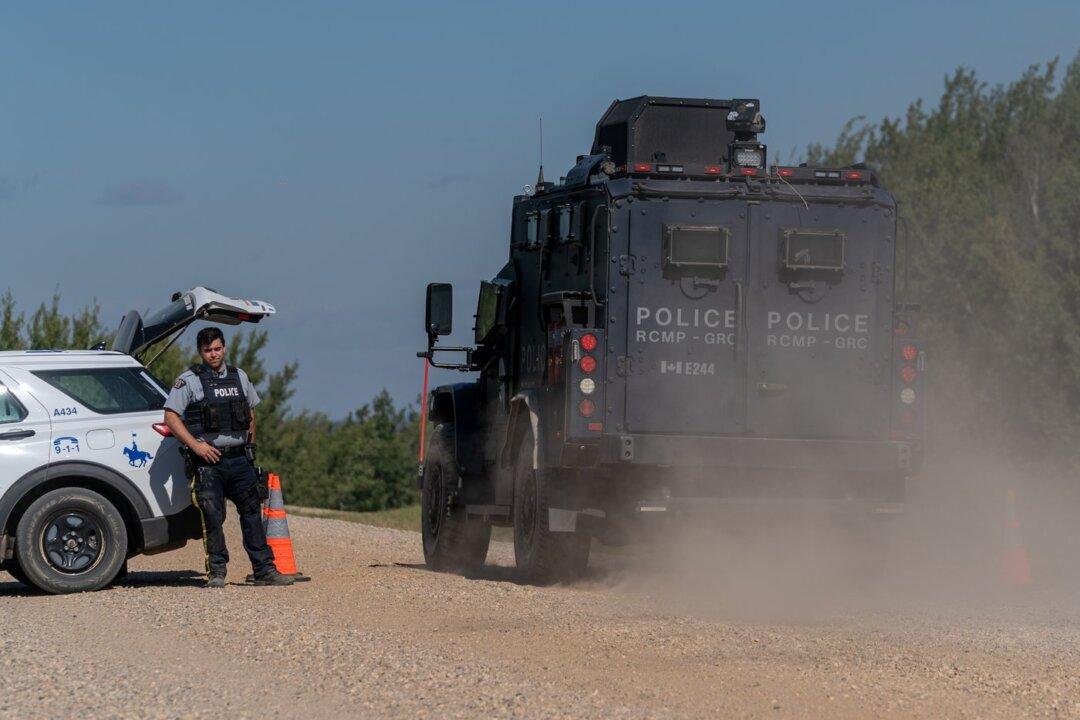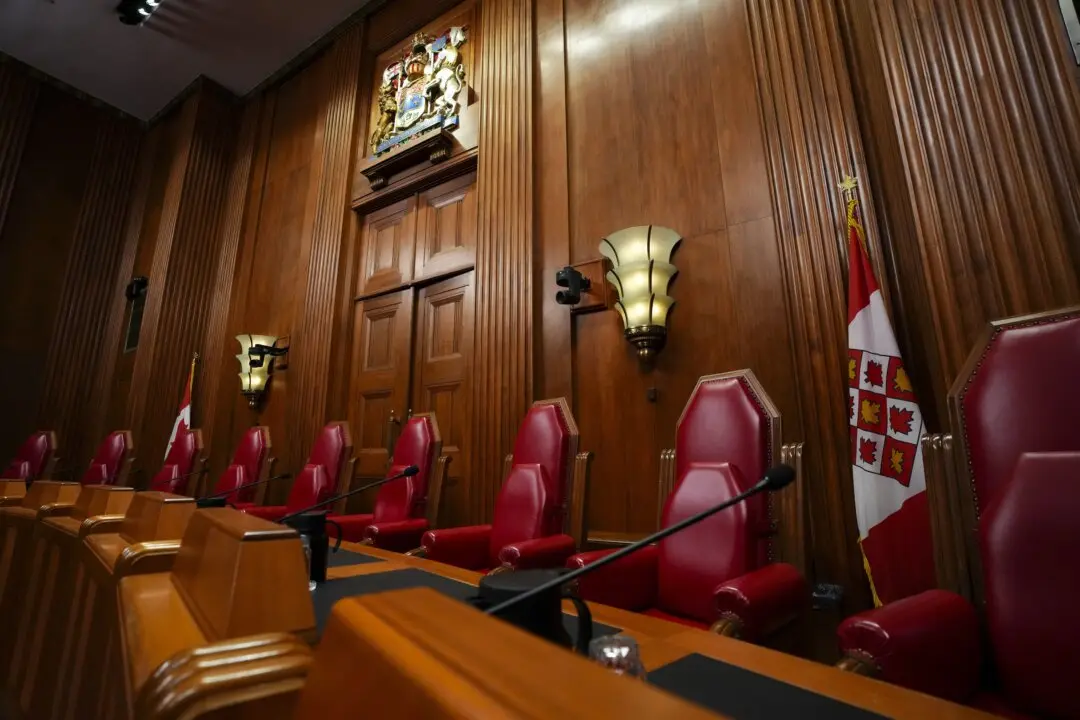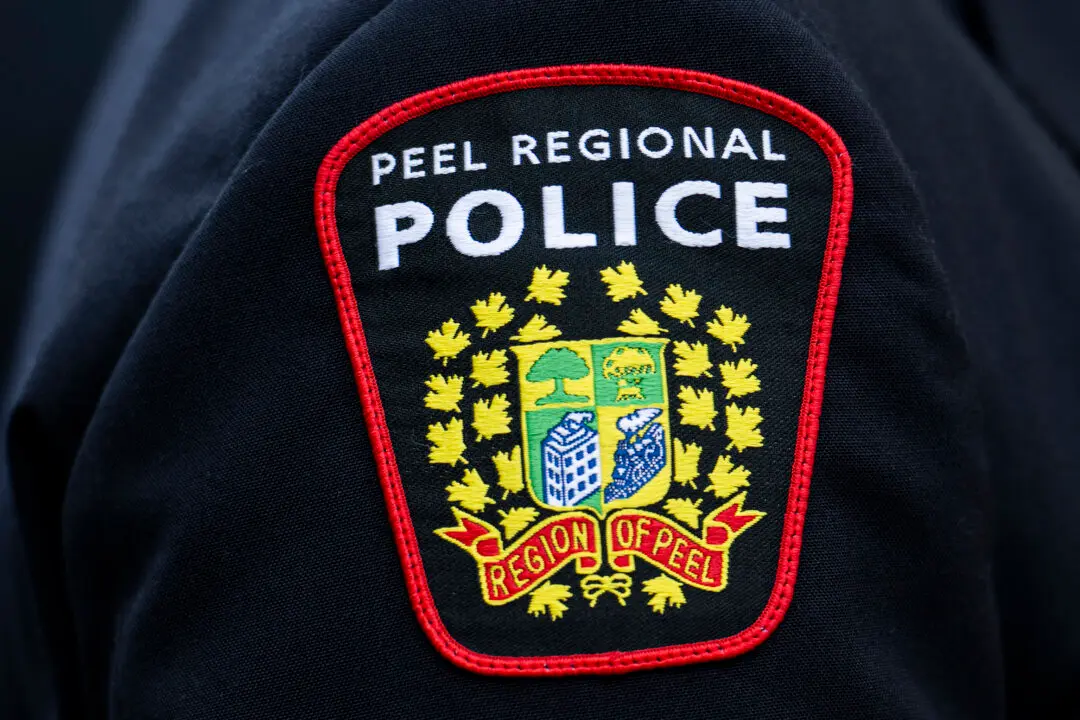An RCMP officer told a coroner’s inquest that he saw a dead man on the ground when he first responded to what would end up being a massacre on a Saskatchewan First Nation.
Const. Tanner Maynard said on Jan. 17 that RCMP had already received four complaints about stabbings when he responded to the first home on the James Smith Cree Nation on Sept. 4, 2022.





